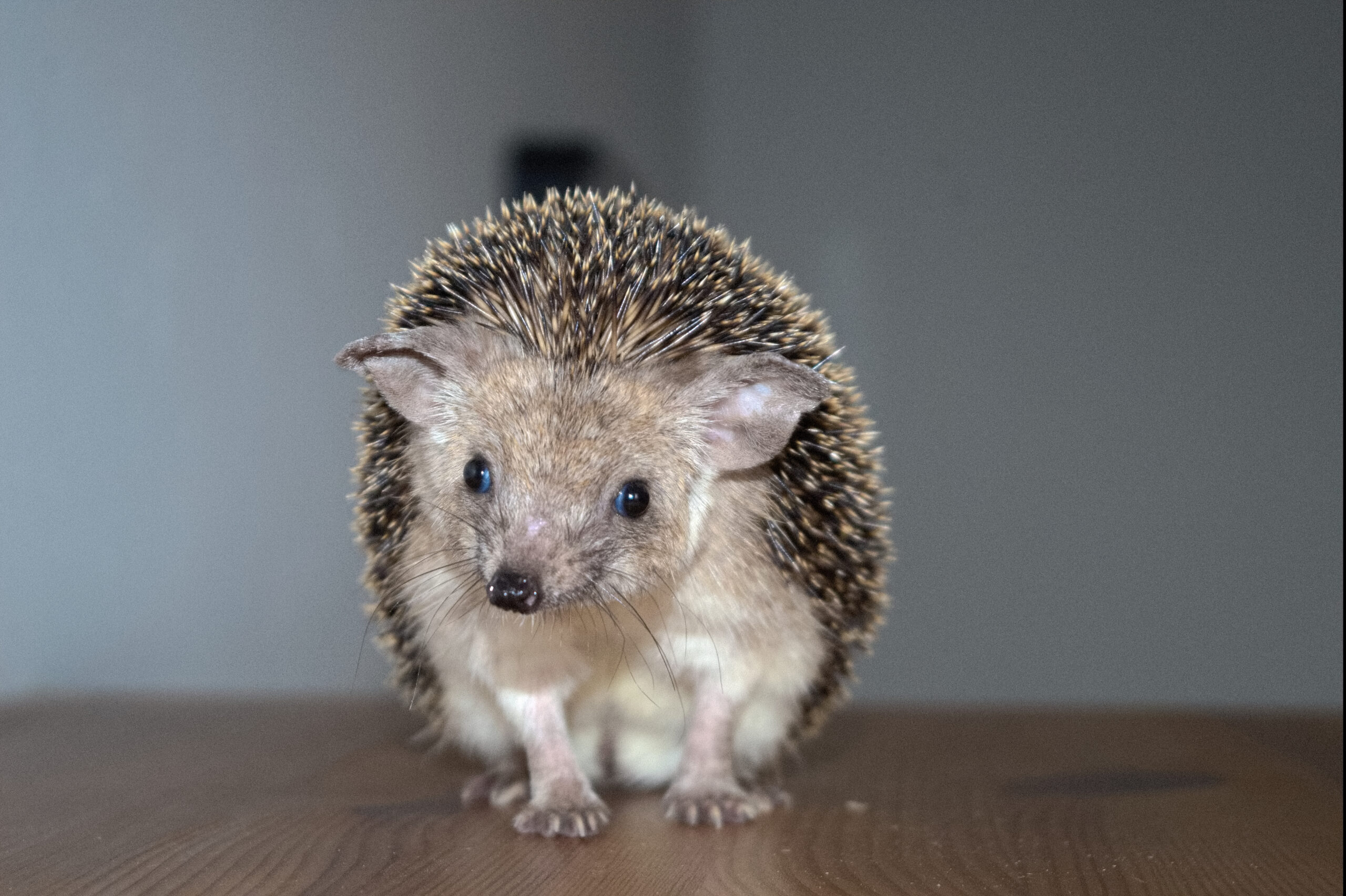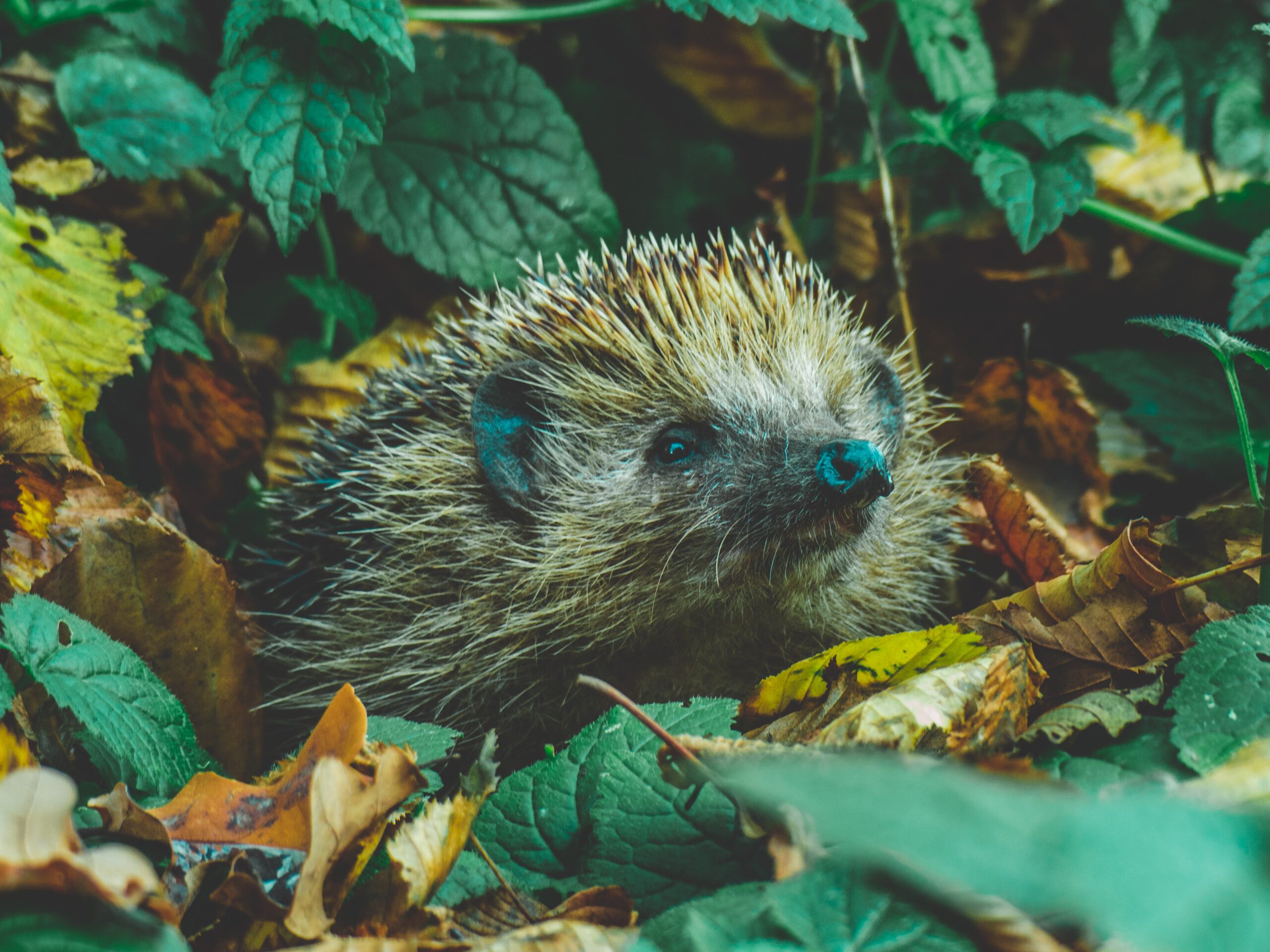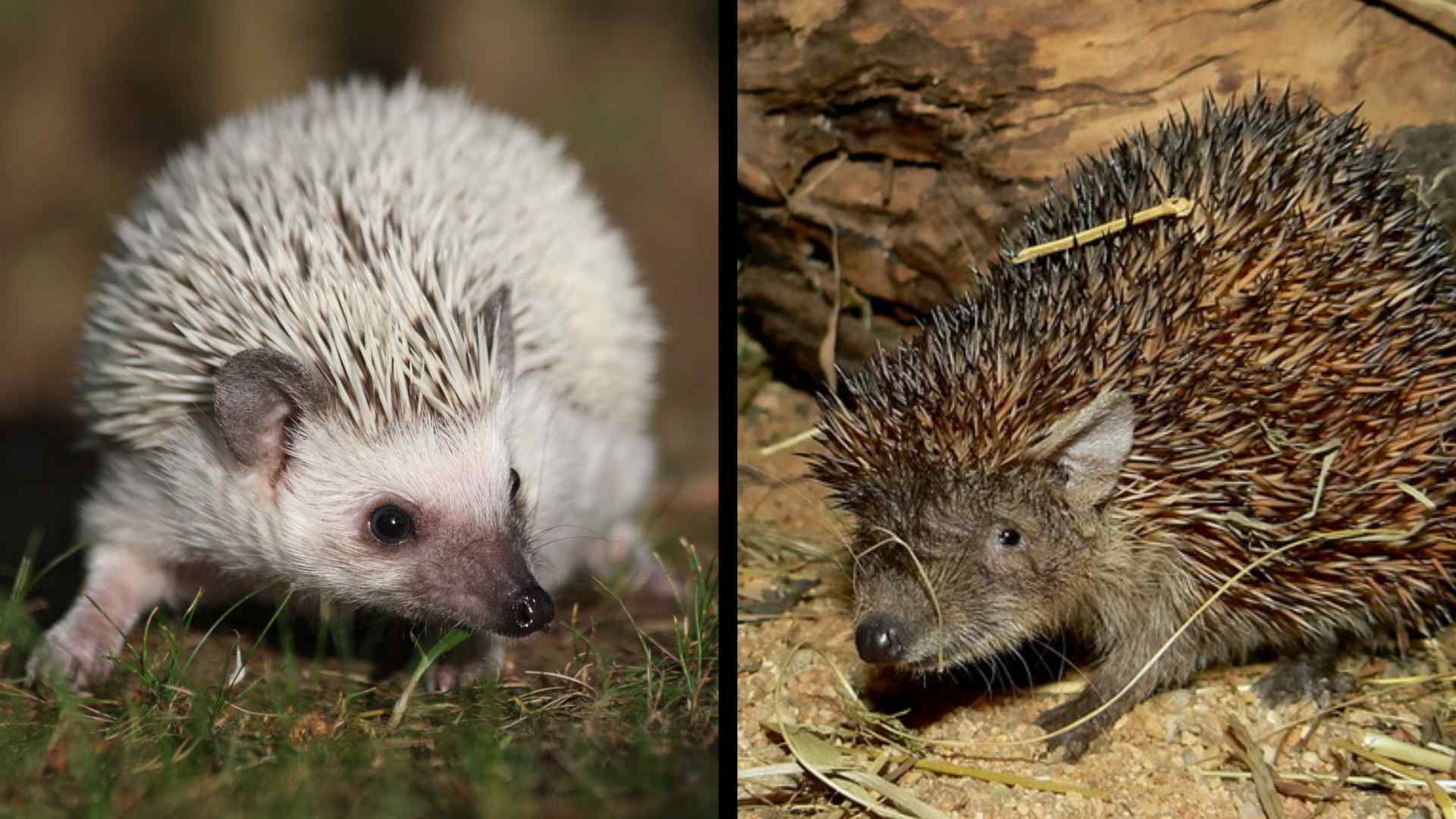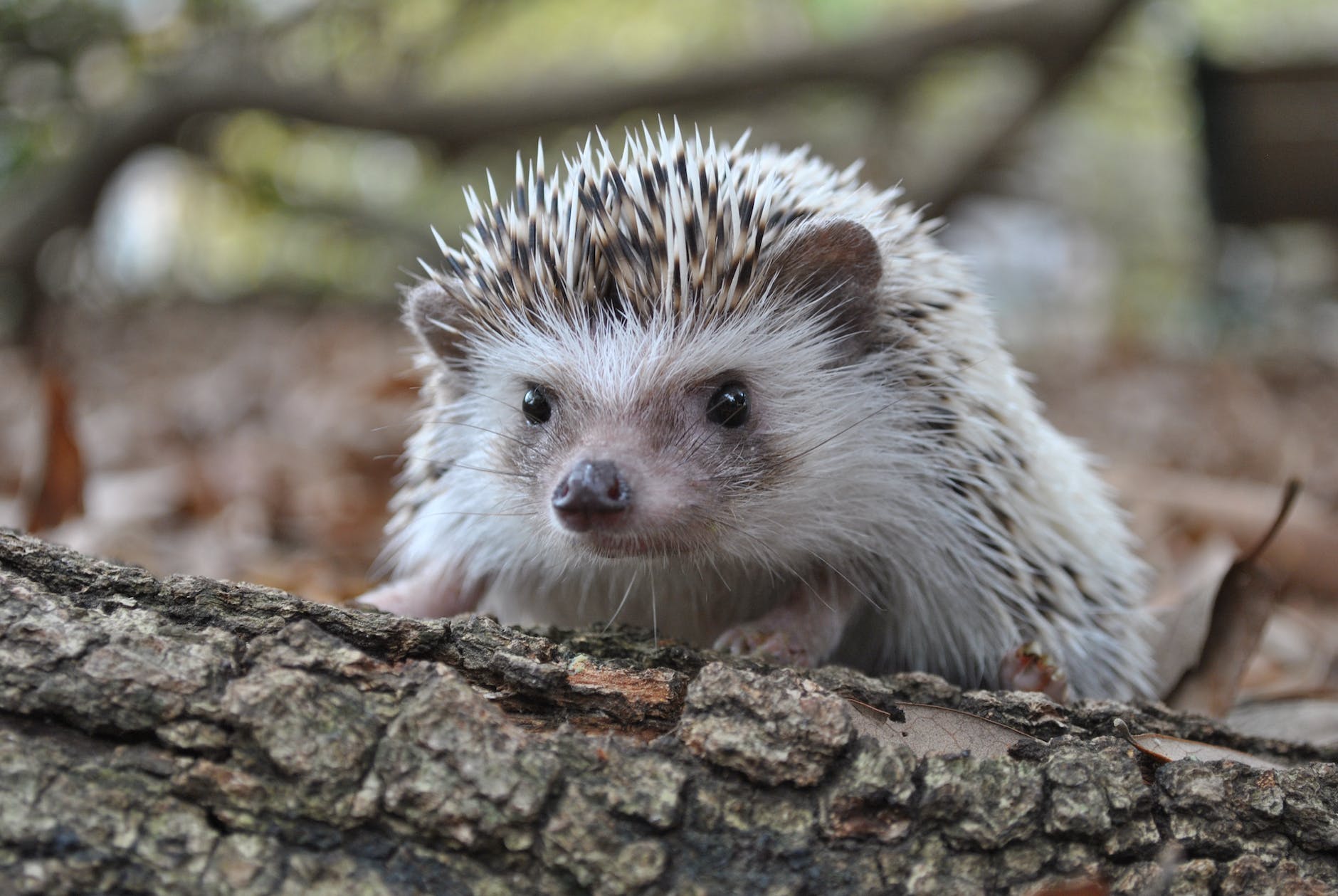Function of the Jacobson’s organ in hedgehogs
If you have read into the eyesight of hedgehogs (which will be another educative article at a later time) you know that hedgehogs don’t rely on eyesight a lot as a way to get around. They much rather depend on their sense of smell and touch. A lot of people think that their anointing is due to this as well and that might be true to some extent, but it is more complicated then that and the behavior still baffles biologists and zoologists to this day.
Like stated in the article ‘No one knows for sure why hedgehogs anoint‘ is has been explained why experts are still on the fence about the reason why hedgehogs anoint and the possibilities of the functionality. But there is some knowledge on this strange behavior.
Anatomy gives a clue
Looking at the face of a hedgehog, there are quite some indicators of heavy reliance on these two senses. Hedgehogs have a long snout -some species longer then others- en a wet nose (rhinarium) that indicate the reliance of their sense of smell. The long hairs on the sides of the head, their whiskers, are used as a sense of touch. With a limited eyesight, they need something to make up for that sense in order to get around in the dark. Anoter sense they use is hearing. Their hearing is so well developed, that they excell within the ultrasonic range. All these highly developed senses are how a hedgehog find it’s way around, forages and hunts for food and communicates with other hedgehogs.
Vomeronasal organ
The vomeronasal organ is also called the VNO or sometimes the Jacobson’s organ. It’s been first discovered by Dutch anatomist Ruysch in 1724, though the official discovery has been acknowledged to Kölliker in 1877. But is was Jacobson who intensely studied the VNO amongst a variety of mammals and published his work in 1811, which is why people still call it the Jacobson’s organ.
The organ is placed behind the nasal cavity and before the brain. It’s a pair of extra cavities (blind-ended sacs) that are connected to the mouth and nasal cavitiy via ducts. They are very small, but play an important role in hedgehogs, much like in many other mammalian species.

Hedgehogs and their VNO
Because hedgehogs rely heavily on scent, they use the Jacobson’s organ to ‘sample smell’. Essentially sniffing in the air constantly in search of food or to find another hedgehog. The last can be either reproductive or to smell territorial markings. It’s also with these things immediately linked to the behavior of anointing, in which one theory describes anointing as a type of “Flehmen response”. Others say these things are unrelated and the behavior of anointing is protective or reproductive. NO matter the cause of the anointing behavior, there is no question in that the Jacobson’s organ is included in the process.
When smelling a certain scent, the hedgehog produces extra saliva by excessively licking the object that smells or a nearby object that is associated with the scent. The saliva goed from the mouth through the ducts to the Jacobson’s organ, where receptors register the scent into the brain. Some theories claim that this behavior also registers specific circumstances with the scent, but this has never been proven in science. The saliva then exits the Jacobson’s organ again through the same ducts back to the mouth, where in most cases, the hedgehog starts anointing with the saliva.
References
The information written in this article is based on the following scientific studies and relevant articles.
European Hedgehog Senses & Vocalisation
African Hedgehogs – in Ferrets, Rabbits, and Rodents (Third Edition)
Jacobson’s organ | Anatomy by Britannica.com
Article by Judith Dunkirk.




